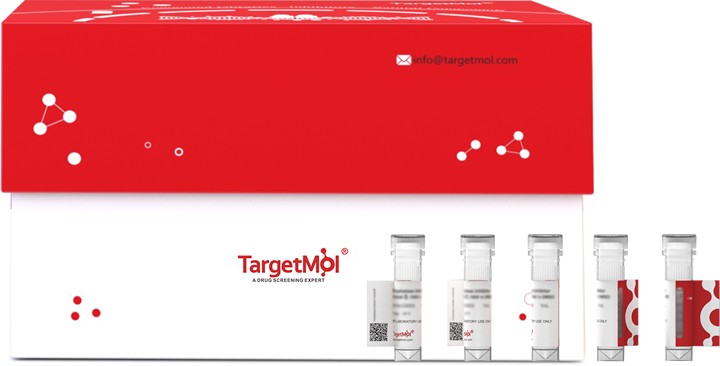Shopping Cart
- Remove All
 Your shopping cart is currently empty
Your shopping cart is currently empty

BMPR1A/ALK-3 Protein, Human, Recombinant (His) is expressed in HEK293 mammalian cells with His tag. The predicted molecular weight is 15.7 kDa and the accession number is P36894.

| Pack Size | Price | Availability | Quantity |
|---|---|---|---|
| 100 μg | $398 | 7-10 days | |
| 500 μg | $1,950 | 7-10 days |
| Biological Activity | Measured by its ability to inhibit BMP4-induced alkaline phosphatase production by MC3T3E1 mouse preosteoblast cells. The ED50 for this effect is 20-120 ng/mL. |
| Description | BMPR1A/ALK-3 Protein, Human, Recombinant (His) is expressed in HEK293 mammalian cells with His tag. The predicted molecular weight is 15.7 kDa and the accession number is P36894. |
| Species | Human |
| Expression System | HEK293 Cells |
| Tag | C-His |
| Accession Number | P36894 |
| Synonyms | SKR5,CD292,bone morphogenetic protein receptor, type IA,ALK3,ACVRLK3,10q23del |
| Construction | A DNA sequence encoding the extracellular domain (Met 1-Arg 152) of human ALK3 (NP_004320.2) was fused with a polyhistidine tag at the C-terminus. Predicted N terminal: Gln 24 |
| Protein Purity | > 85 % as determined by SDS-PAGE |
| Molecular Weight | 15.7 kDa (predicted); 28-33 kDa (reducing condition, due to glycosylation) |
| Endotoxin | < 1.0 EU/μg of the protein as determined by the LAL method. |
| Formulation | Lyophilized from a solution filtered through a 0.22 μm filter, containing PBS, pH 7.4. Typically, a mixture containing 5% to 8% trehalose, mannitol, and 0.01% Tween 80 is incorporated as a protective agent before lyophilization. |
| Reconstitution | A Certificate of Analysis (CoA) containing reconstitution instructions is included with the products. Please refer to the CoA for detailed information. |
| Stability & Storage | It is recommended to store recombinant proteins at -20°C to -80°C for future use. Lyophilized powders can be stably stored for over 12 months, while liquid products can be stored for 6-12 months at -80°C. For reconstituted protein solutions, the solution can be stored at -20°C to -80°C for at least 3 months. Please avoid multiple freeze-thaw cycles and store products in aliquots. |
| Shipping | In general, Lyophilized powders are shipping with blue ice. |
| Research Background | Activin receptor-Like Kinase 3 (ALK-3), also known as Bone Morphogenetic Protein Receptor, type IA (BMPR1A), is a type I receptor for bone morphogenetic proteins (BMPs) which belong to the transforming growth factor beta (TGF-β) superfamily. The BMP receptors form a subfamily of transmembrane serine/threonine kinases including the type I receptors BMPR1A and BMPR1B and the type II receptor BMPR2. ALK-3/BMPR1A is expressed in the epithelium during branching morphogenesis. Deletion of BMPR1A in the epithelium with an Sftpc-cre transgene leads to dramatic defects in lung development. ALK-3 and ALK-6 share a high degree of homology, yet possess distinct signaling roles. The transforming growth factor (TGF)-beta type III receptor (TbetaRIII) enhanced both ALK-3 and ALK-6 signaling. TbetaRIII associated with ALK-3 primarily through their extracellular domains, whereas its interaction with ALK-6 required both the extracellular and cytoplasmic domains. ALK-3 plays an essential role in the formation of embryonic ventral abdominal wall, and abrogation of BMP signaling activity due to gene mutations in its signaling components could be one of the underlying causes of omphalocele at birth. The type IA BMP receptor, ALK-3 was specifically required at mid-gestation for normal development of the trabeculae, compact myocardium, interventricular septum, and endocardial cushion. Cardiac muscle lacking ALK-3 was specifically deficient in expressing TGFbeta2, an established paracrine mediator of cushion morphogenesis. Hence, ALK-3 is essential, beyond just the egg cylinder stage, for myocyte-dependent functions and signals in cardiac organogenesis. |

Copyright © 2015-2025 TargetMol Chemicals Inc. All Rights Reserved.